Samsung’s latest flagship smartphones, the Galaxy S8 and Galaxy S8+ in Kuwait
Samsung on Wednesday announced the Galaxy S8, its follow-up to one of the most popular and best smartphones of 2016, the Galaxy S7.
Samsung may still be trying to make up for its debilitating hardware nightmare, but it has one distinct advantage: it’s launching its new flagship phone, the Galaxy S8, early enough in the year that it gets to help establish a new standard for what a 2017 premium smartphone should be. One analyst even went as far as calling yesterday’s S8 event the launch of the “smartphone innovation Super Cycle.” If you believe that to be true, then that means the features of the new phone are some of the most innovative and important ones to date.
Below are some of the key features of the Galaxy S8 phone that are likely to be the most talked-about, tested, and even copied over the next several months. We can’t say for sure whether these are the best features of the phone, because we haven’t had the chance to use it for an extended time period. But these are definitely the ones that make it stand out. Your move, Apple.
Samsung's Galaxy S8 and Galaxy S8 Plus. Note the ultra-narrow top and bottom borders.
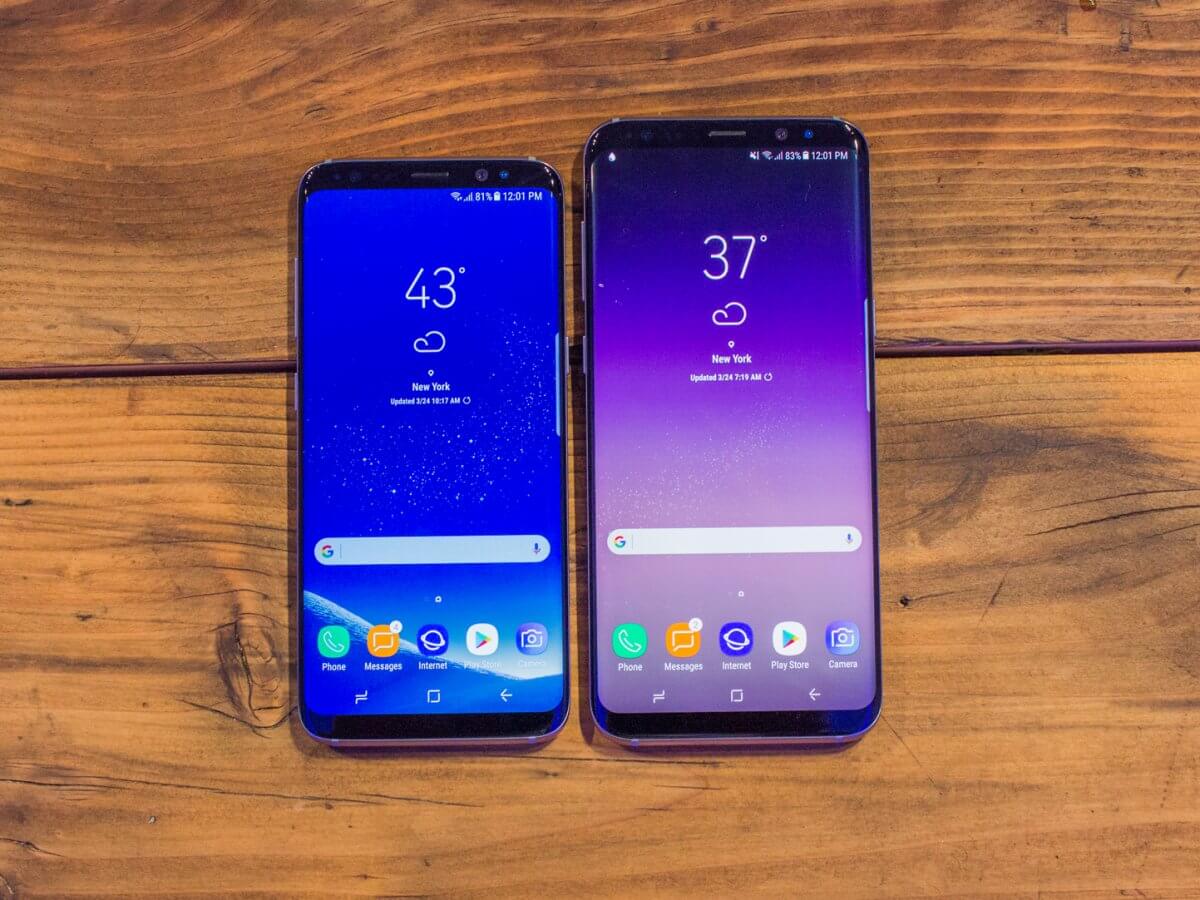
If the screens look tall, that's because they're taller than those of most smartphones.
Both models have 18.5:9 aspect ratios, while most smartphones have a standard 16:9 aspect ratio.
By having tall screens, the Galaxy S8 can look large while still staying manageable in your hands. Tall screens also show more of your apps at once.
This is the Galaxy S8, which has a 5.8-inch AMOLED display.
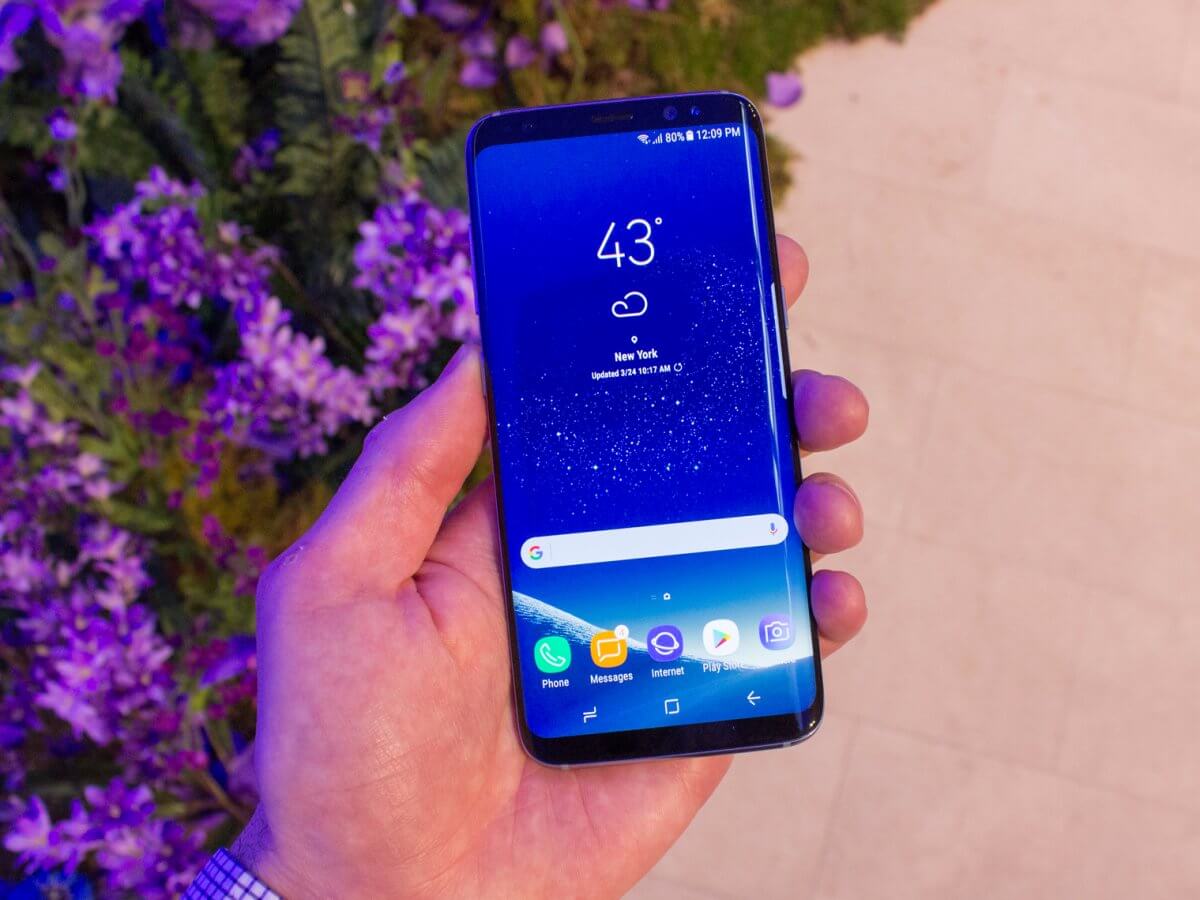
And this is the Galaxy S8 Plus, which has a 6.2-inch AMOLED display.
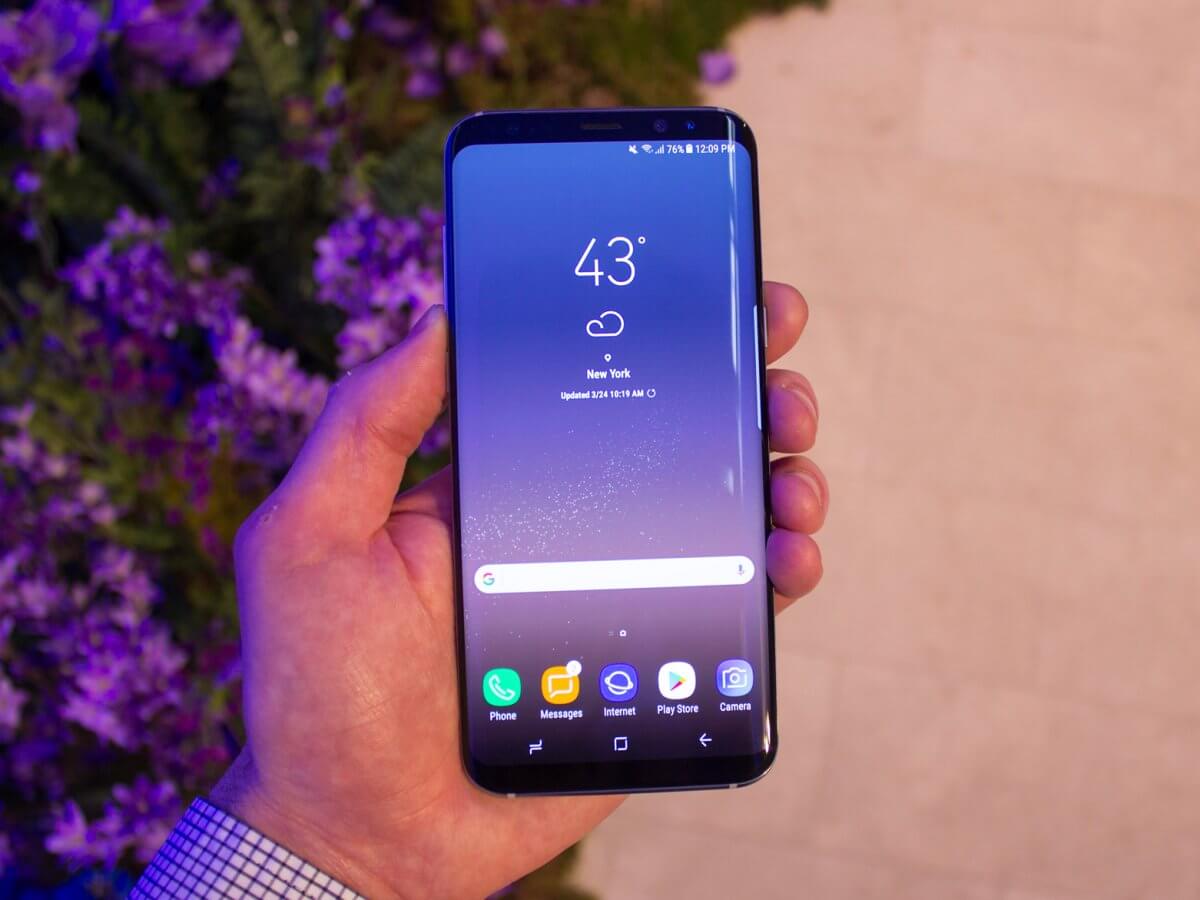
They have glass backs, just like the Galaxy S7, and they'll be available in black, a somewhat purple-gray, and silver. Unlike the Galaxy S7, though, the S8 won't come in a gold color option.

The metal borders along the S8's edges are more polished than they were on the S7, making for a shinier, almost steel-like finish.
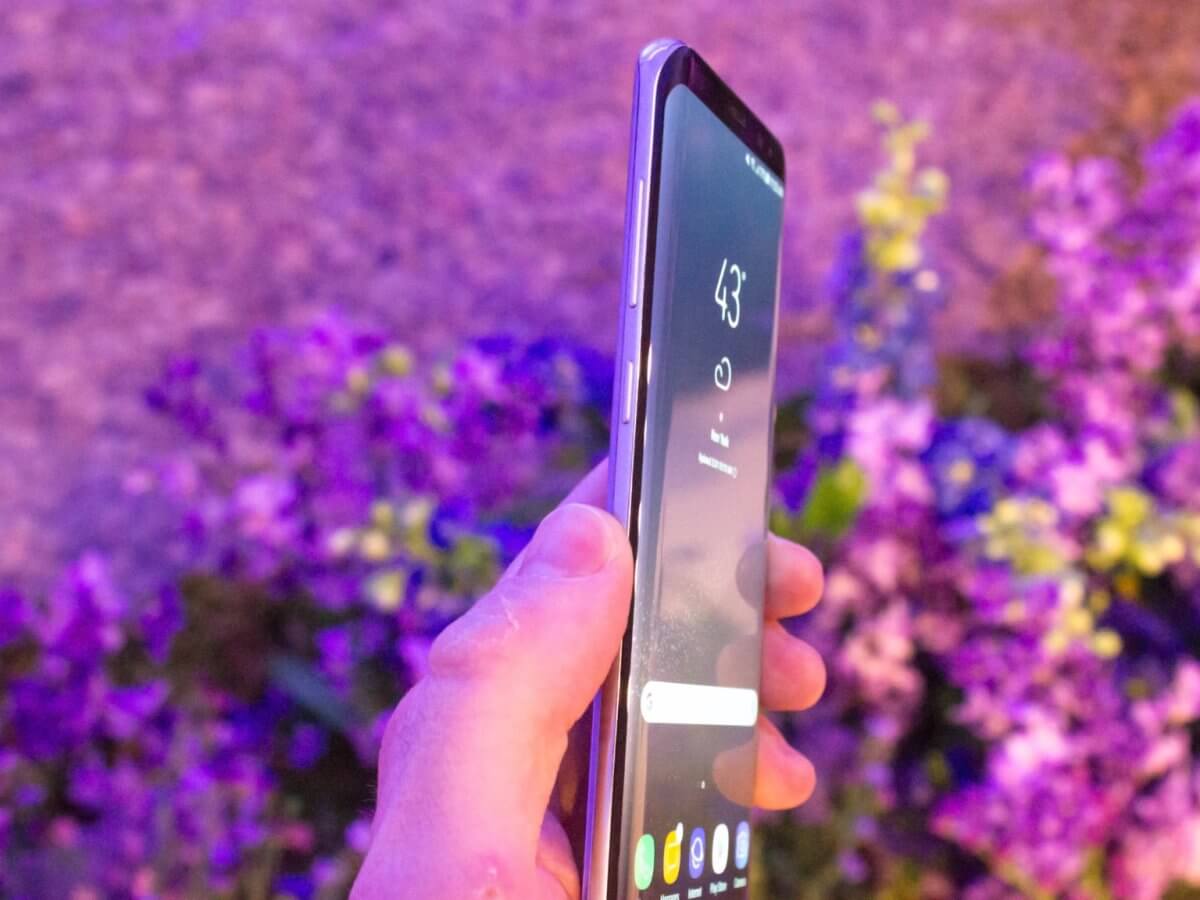
You'll find a USB-C port and a headphone jack on the bottom of the S8. You can really see the steel-like finish here, too.

The home button has been replaced by an invisible, pressure-sensitive button under the glass panel. You'll also find Android function buttons on the bottom of the screen instead of Samsung's usual capacitive buttons.
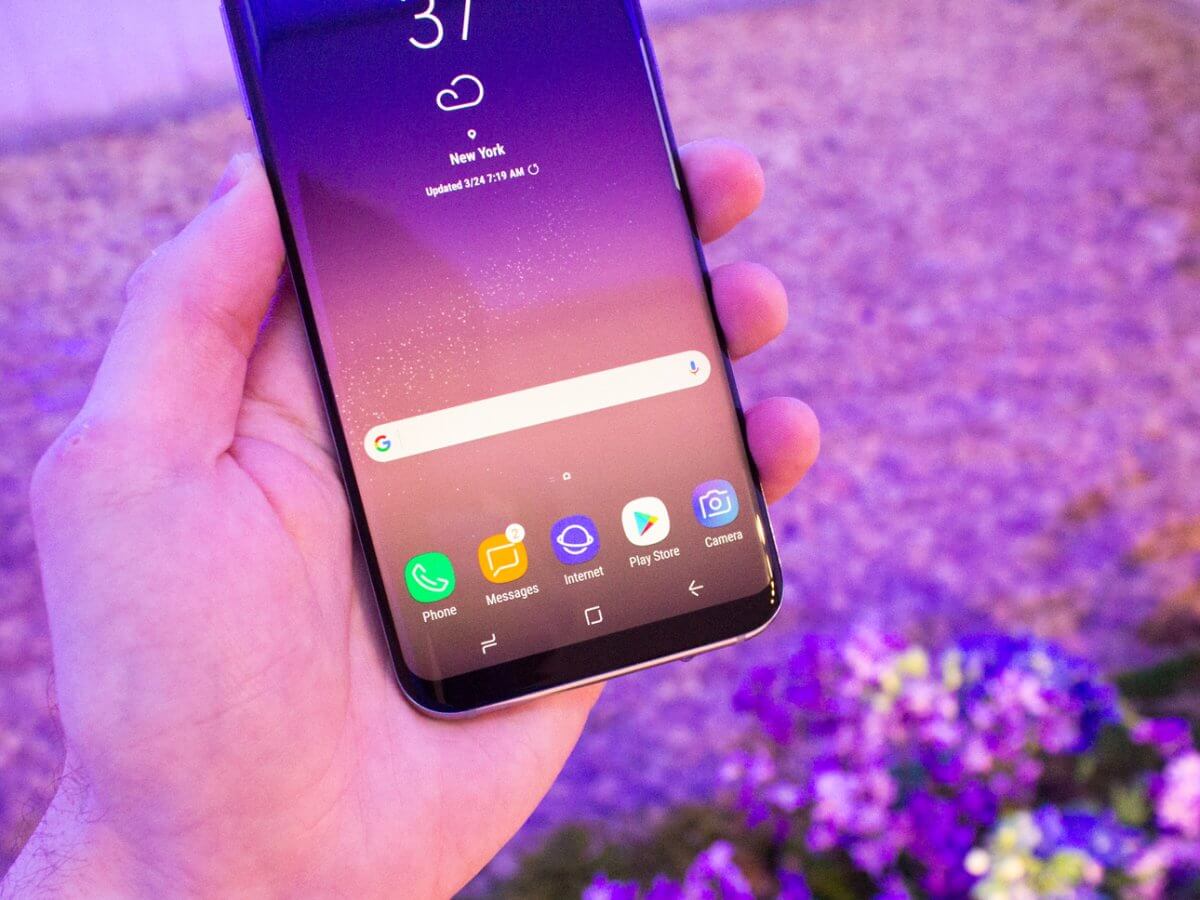
And the screens have rounded corners, too.
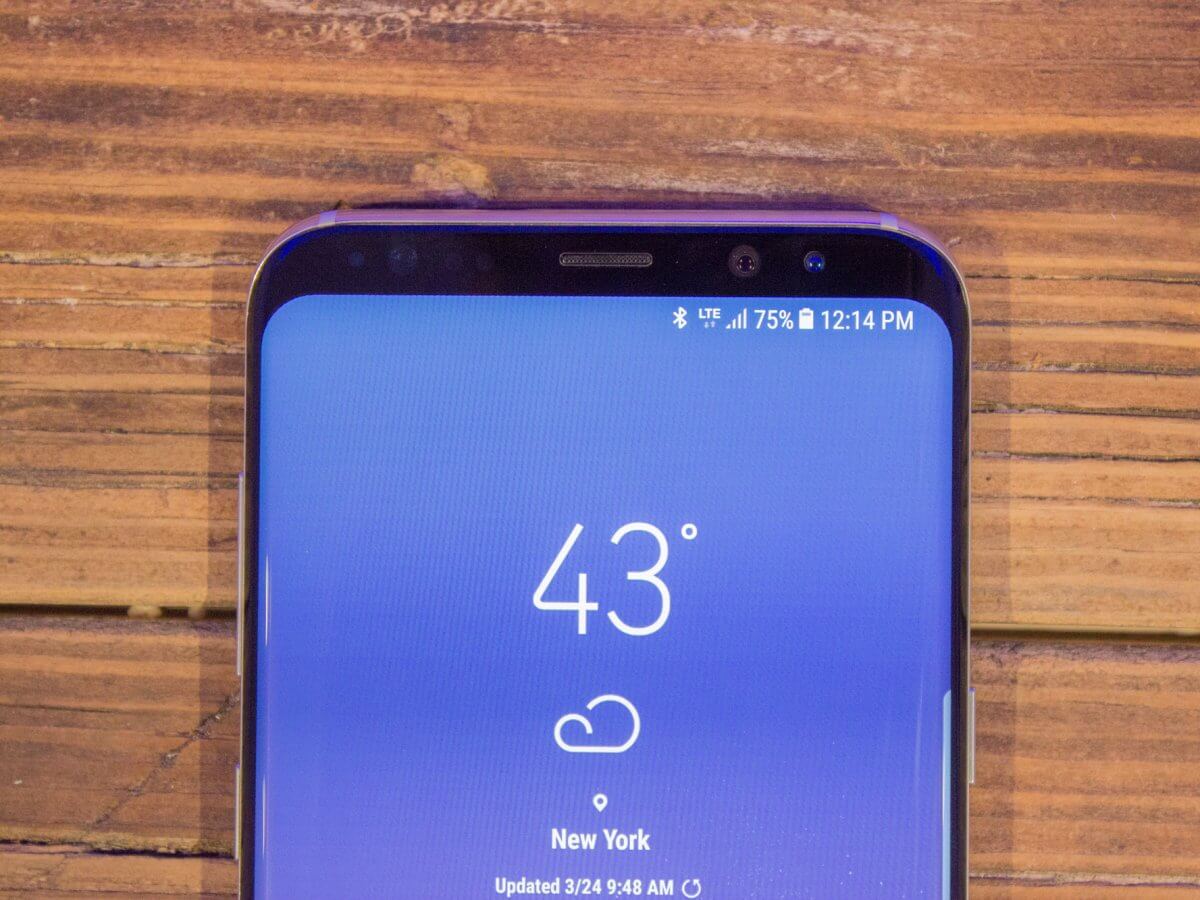
Samsung moved the fingerprint reader to the back on the Galaxy S8, just to the right of the camera.
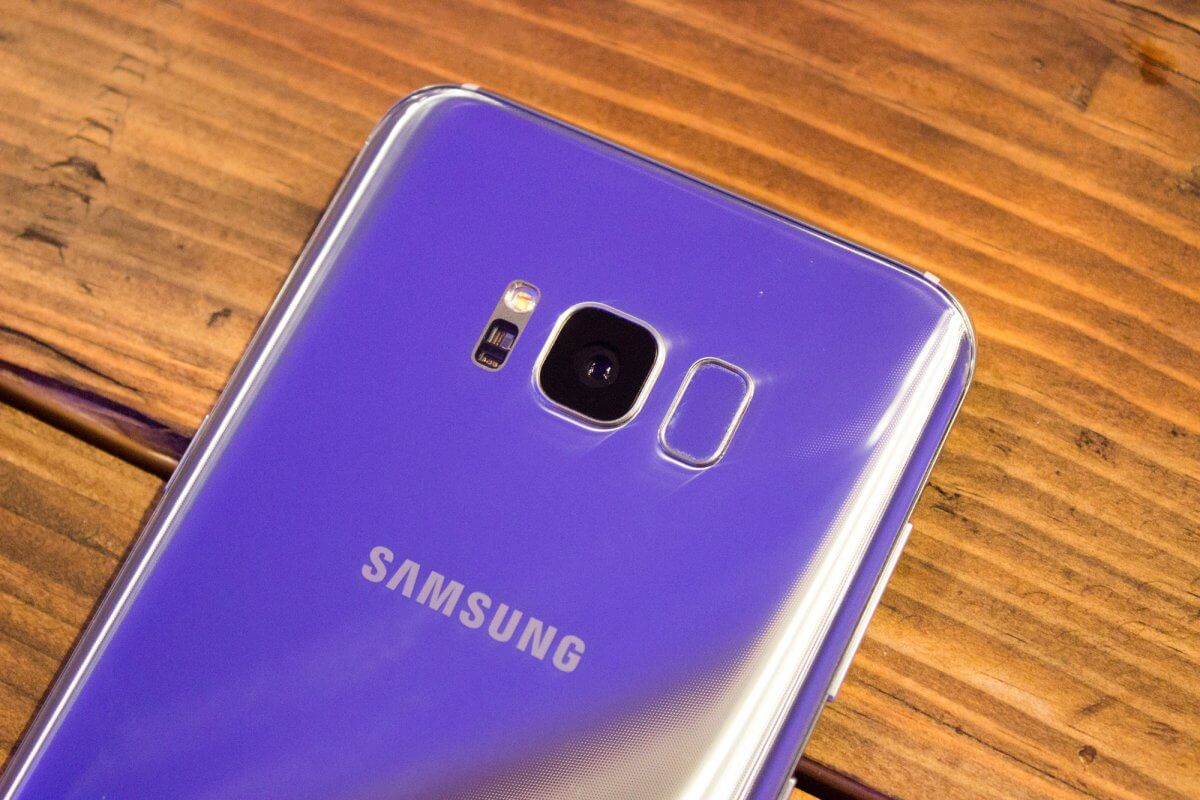
Speaking of the camera, it's a similar 12-megapixel shooter as the S7 with a few minor enhancements to make photos look clearer and sharper.
![]()
It still has the dual-pixel autofocus technology that gave the S7 its incredibly fast autofocus.
The Galaxy S8's front-facing camera is 8 megapixels, and Samsung added phase-detection autofocus.
![]()
It's not the same as the dual-pixel autofocus on the rear camera, but it's the same kind of focus found on most smartphones, including the iPhone 7. It'll make for clearer, sharper selfies with better focus than the front-facing cameras on most smartphones.
And here's the S8 in water — complete with floating petals — proving it's water resistant.

As expected, wireless charging is included in the Galaxy S8. The wireless chargers now don a soft leather exterior, making for a comfortable charging experience.
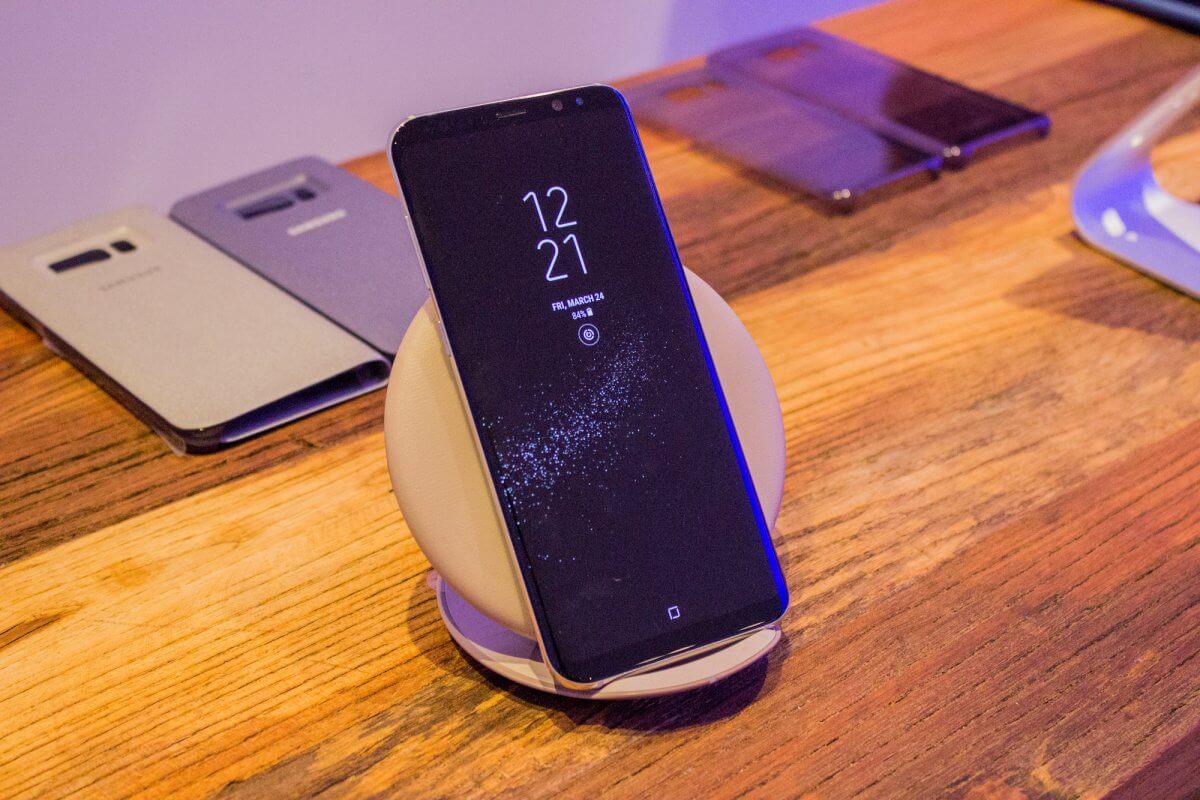
Both Galaxy S8 models will come with the Edge features that used to be exclusive to the Edge models of Samsung's Galaxy S smartphones.
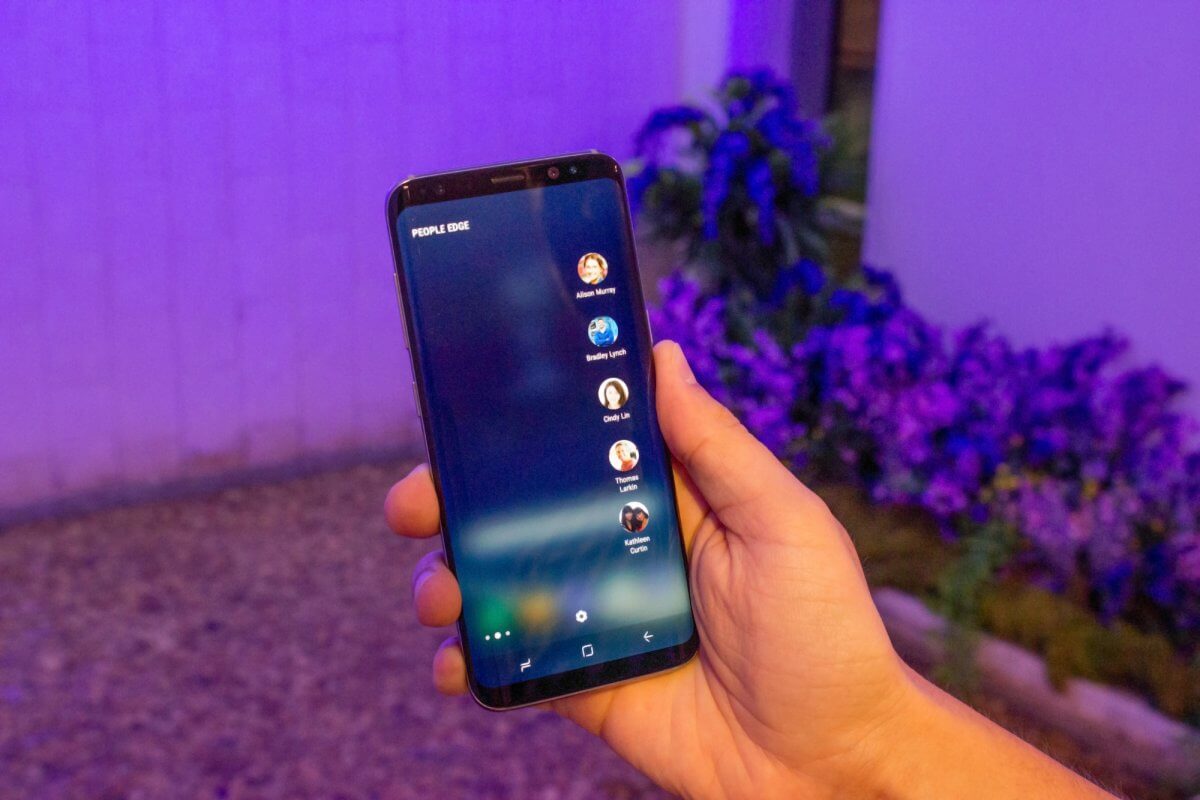
As the rumors claimed, the S8 comes with the iris detection from the Galaxy Note 7.

And there's face detection now, too, which looks like it's easier to use than the iris scanner, as you don't have to hold the phone up to your eyes.

The Galaxy S8 also comes with Bixby, Samsung's new virtual AI assistant.

It looks like it can work on a variety of objects — Samsung demonstrated it can fetch information about this book.
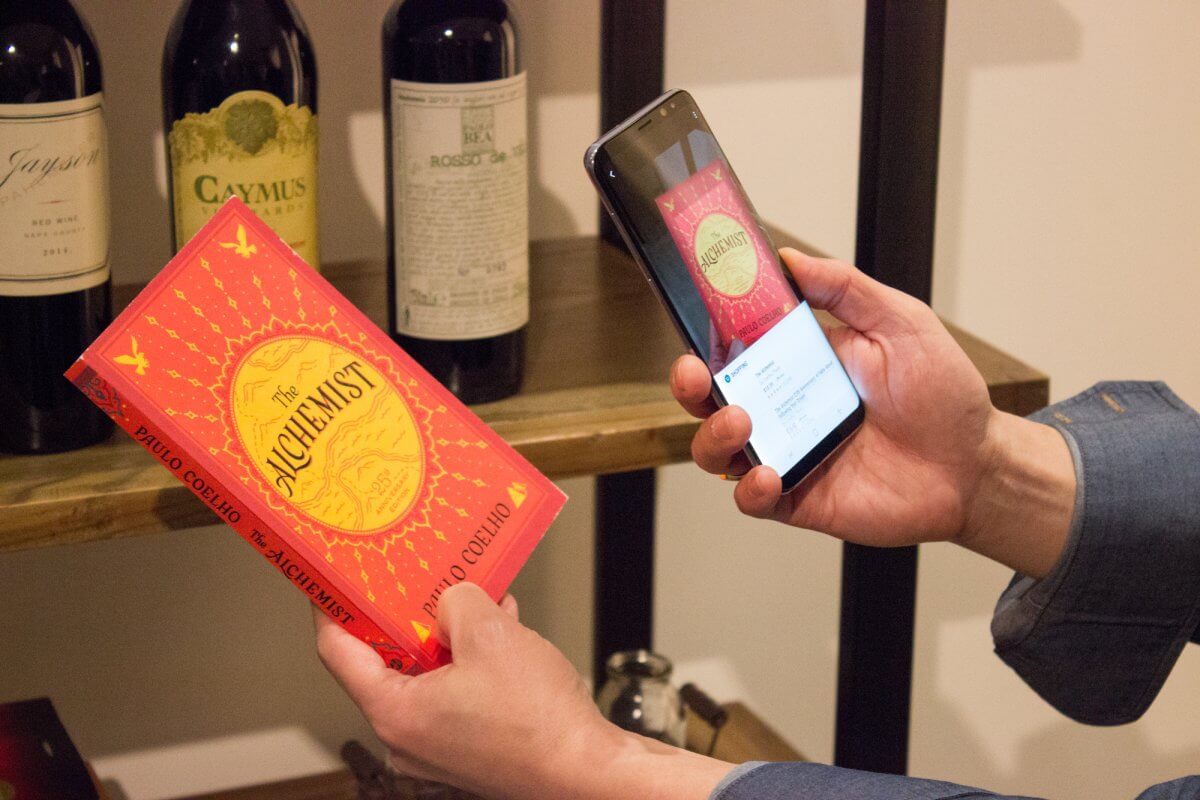
It'll come with Google Assistant, too, which is Google's virtual AI assistant. It seems there could be a clash of assistants in the Galaxy S8.
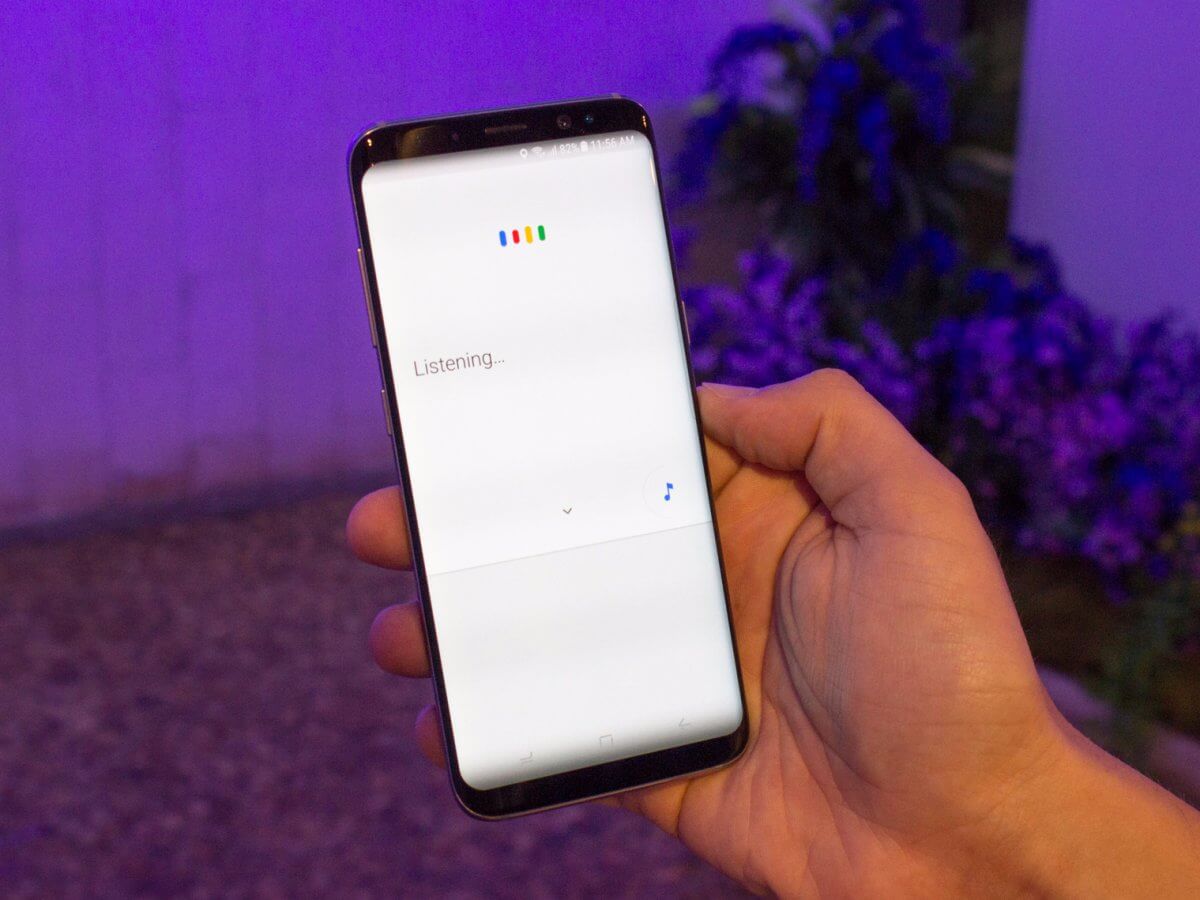
Samsung also showed off its DeX smartphone dock, which connects to a monitor and turns the Galaxy S8 into a sort of light PC.

You can connect a Bluetooth mouse and keyboard to the Galaxy S8 to make it work like a PC.
Samsung teamed up with Microsoft and Adobe for optimized apps that look pretty good on the monitor. Other third-party apps will show up on the monitor as they do on your phone.

Here, the Galaxy S8 is running an optimized version of the Microsoft Word app, which looks nearly like the full version of Word.
It also supports multiple windows, just like macOS and Windows 10, which was impressive.
Samsung also introduced some nice silicone cases for the Galaxy S8.
![]()
Expect a range of other cases with different materials, too, like felt and plastic.

Those who preorder the Galaxy S8 smartphones will get a free Gear VR with a controller and an Oculus content package.

Samsung also said the Galaxy S8 would come with earphones from AKG/Harman that Samsung says are valued at $99.
Preorders for the Galaxy S8 and S8 Plus will begin on March 30, but the phone goes on sale on April 21. Unfortunately, there are no pricing details yet.
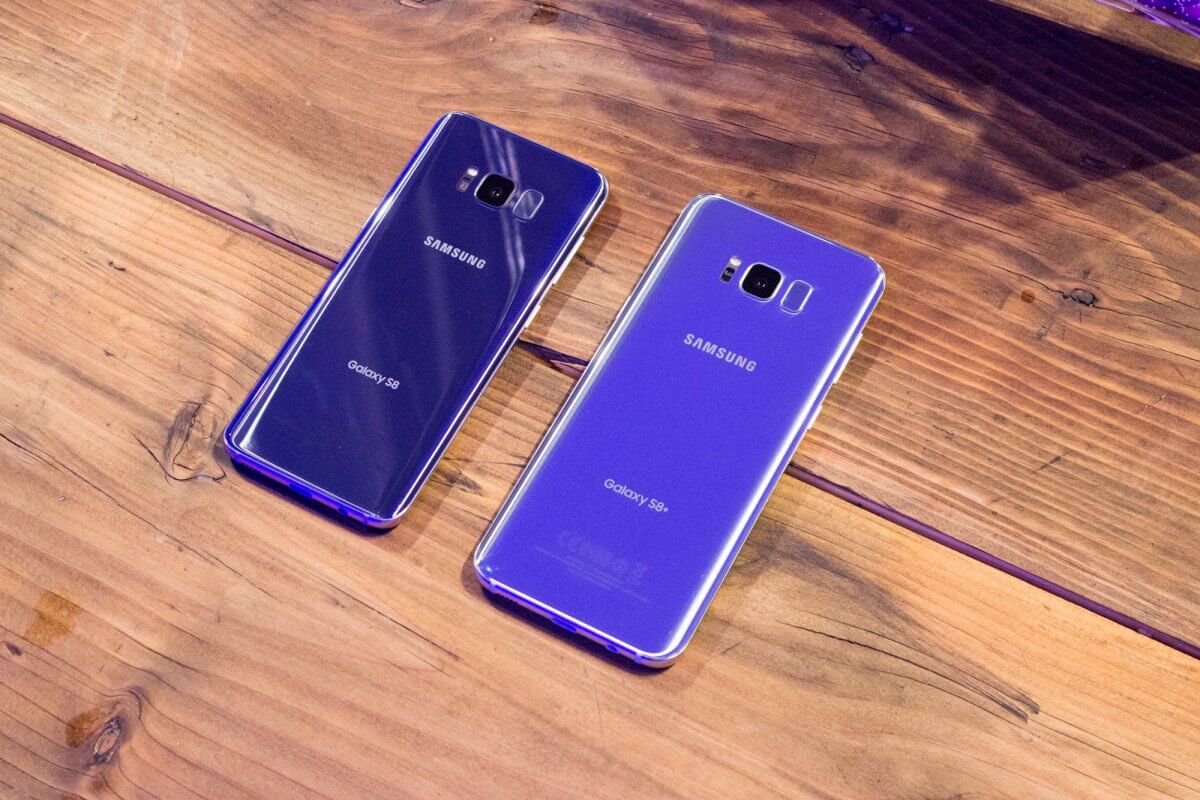
News Source: Business Insider



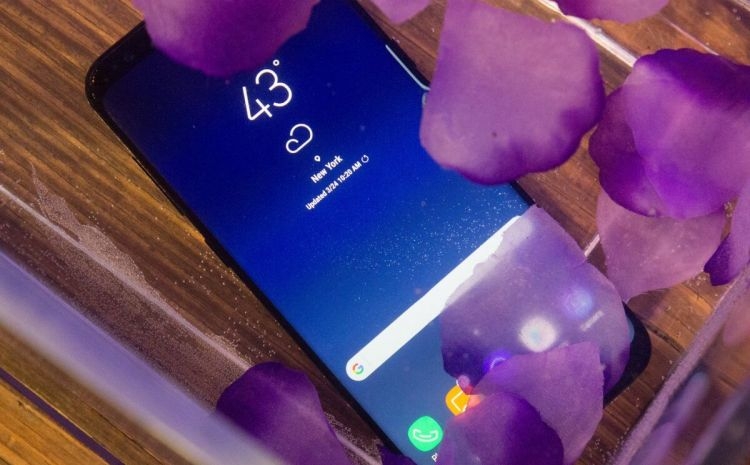
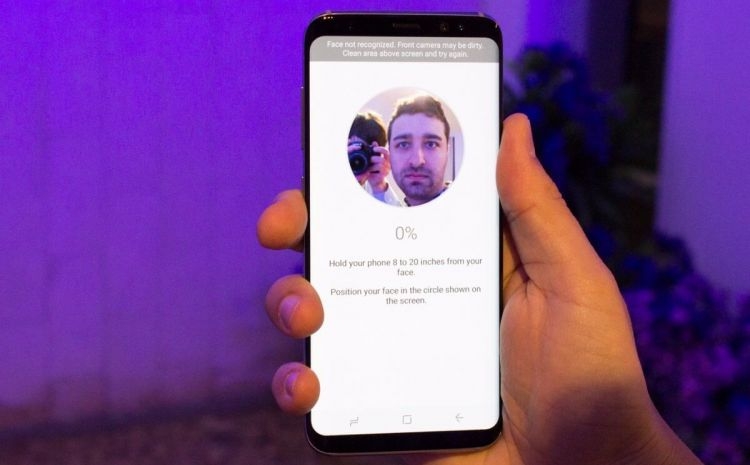
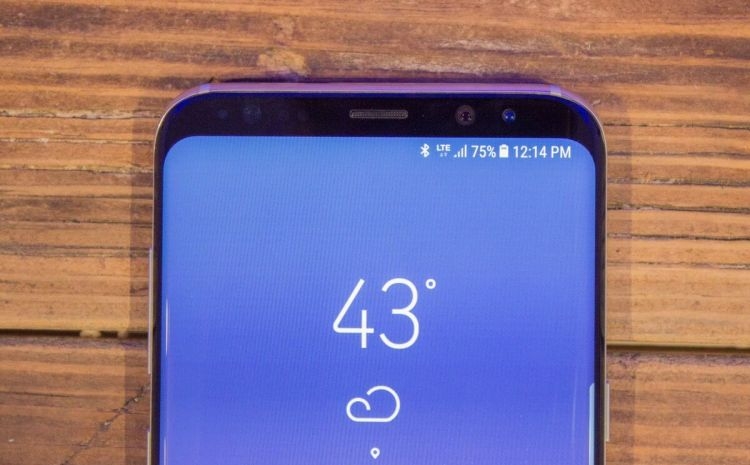

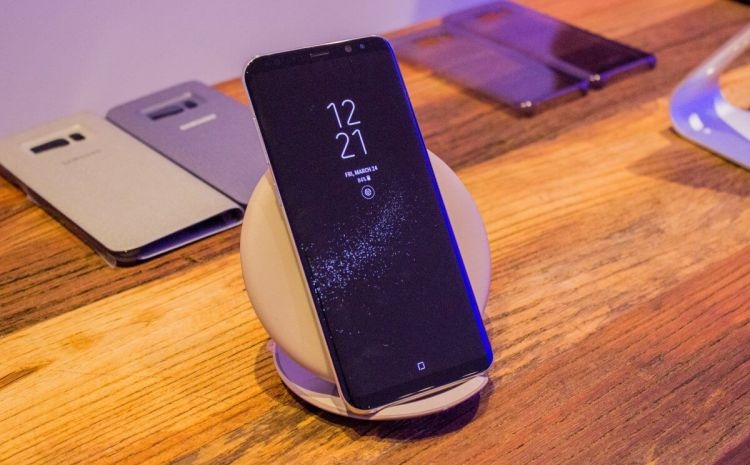
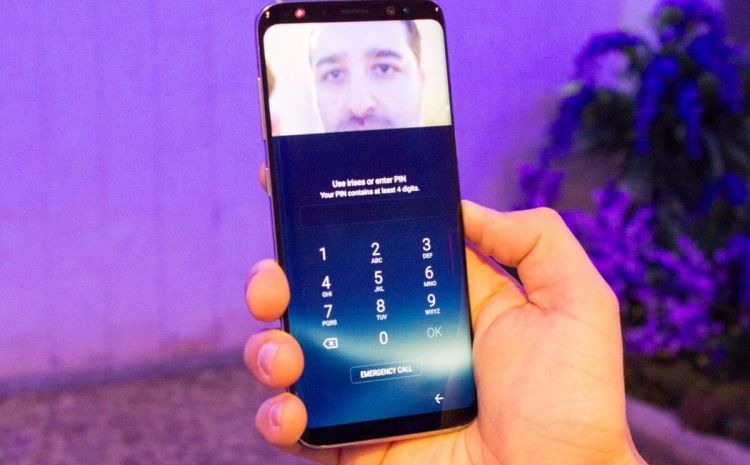
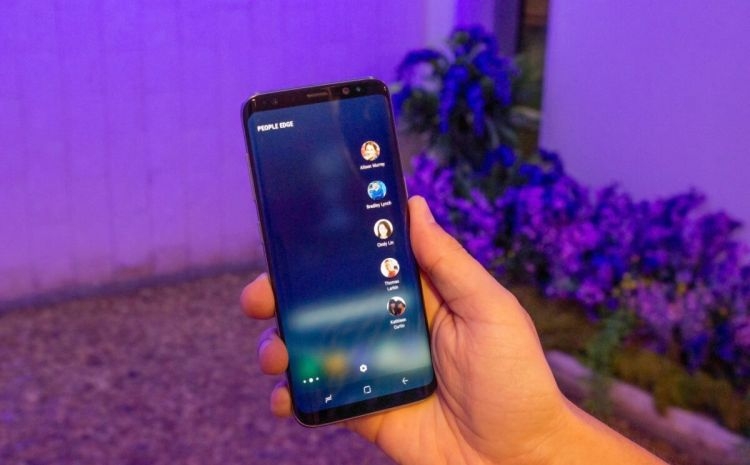
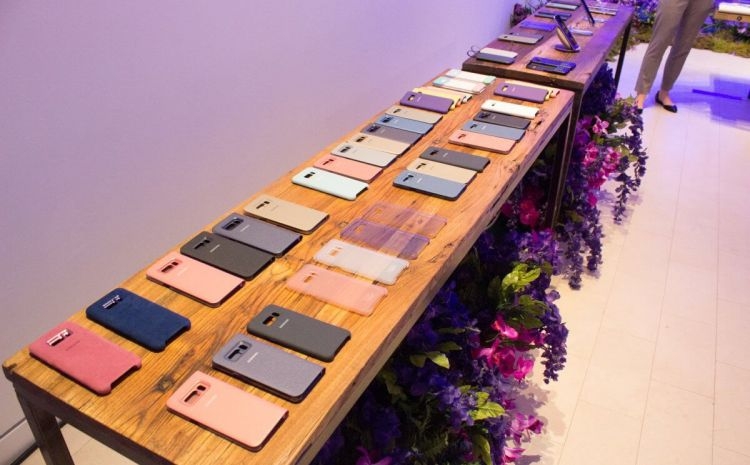
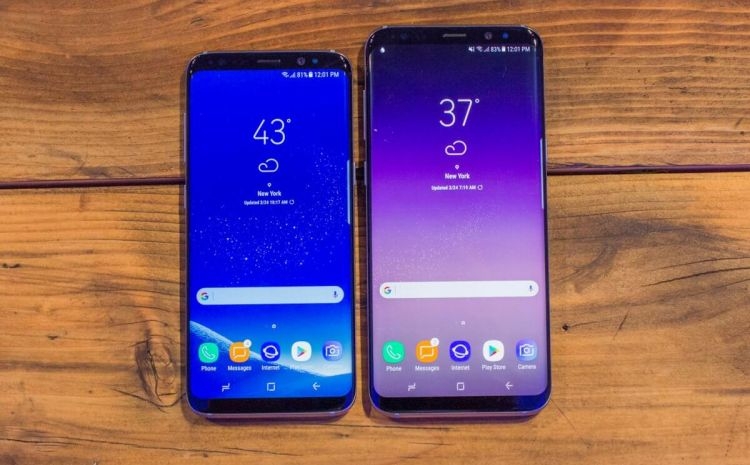
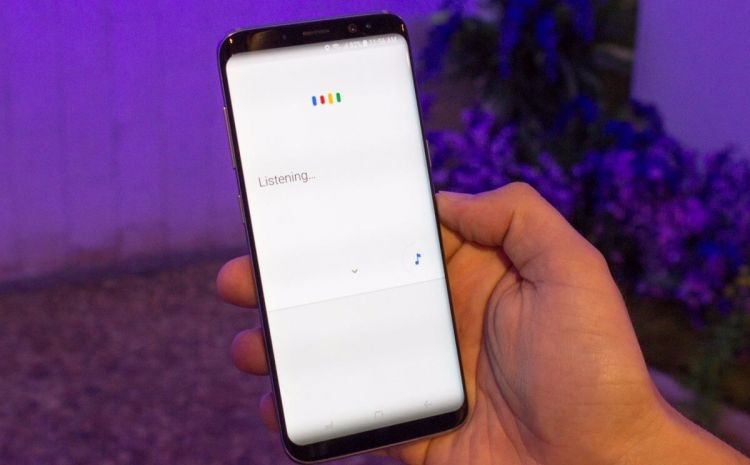
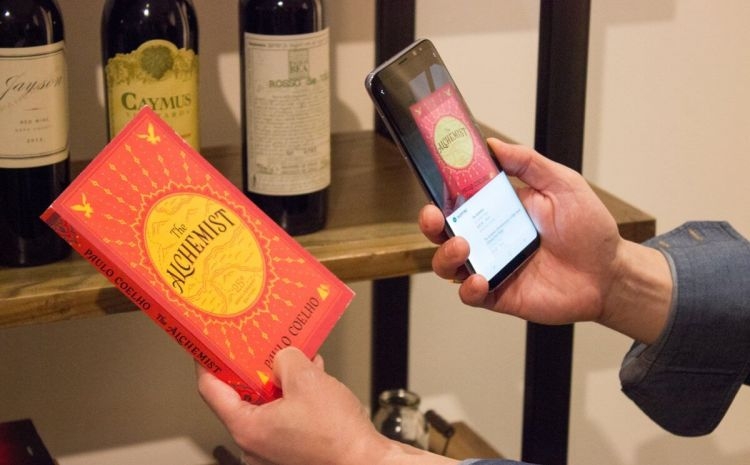

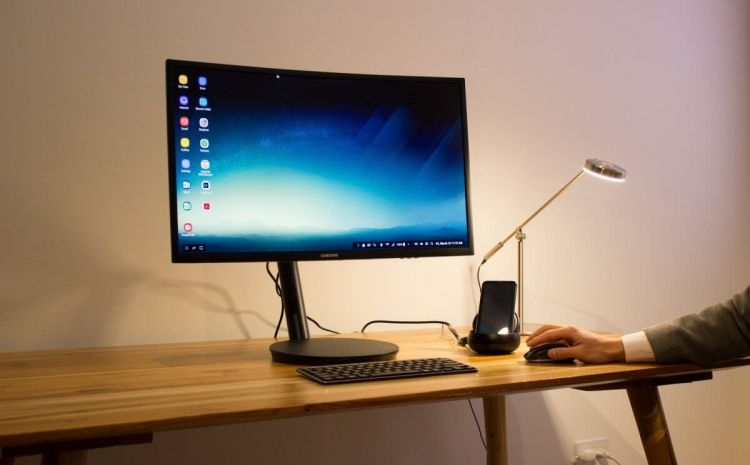
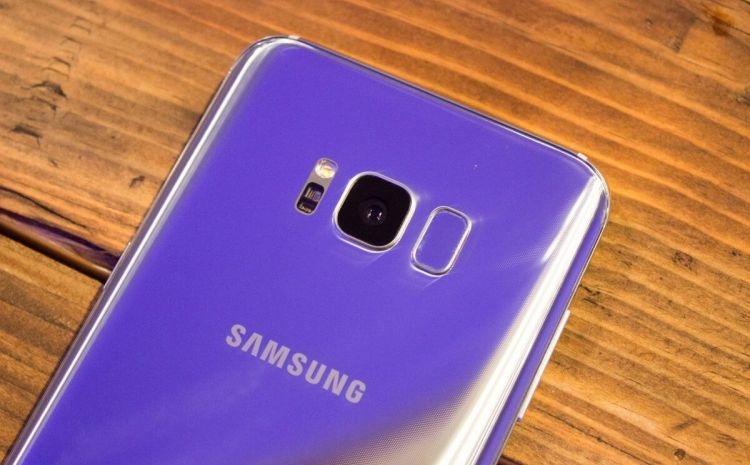

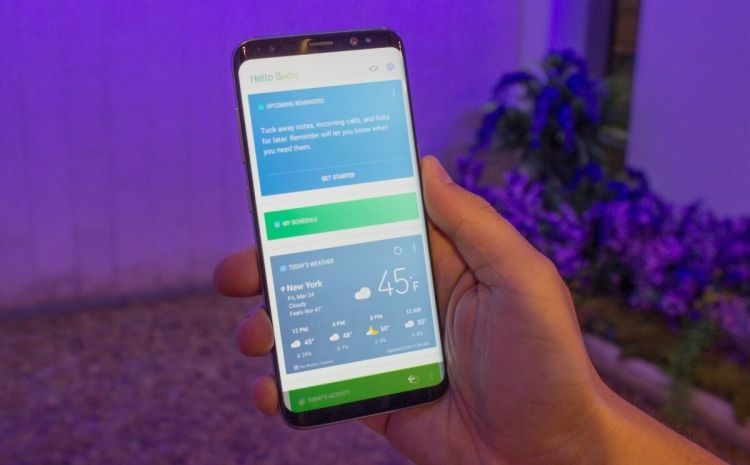
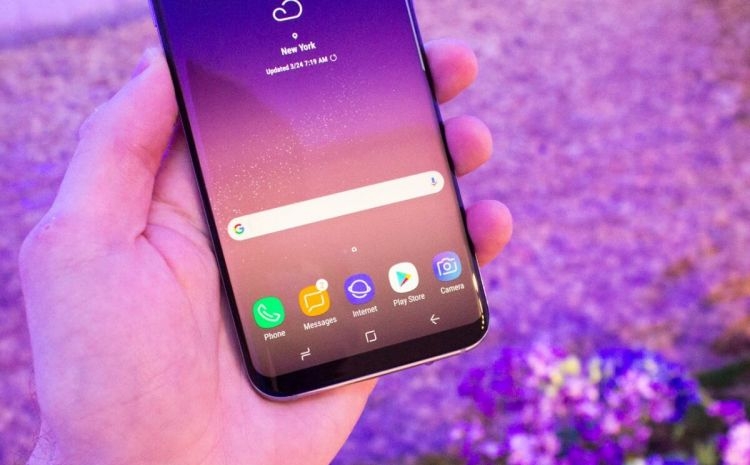

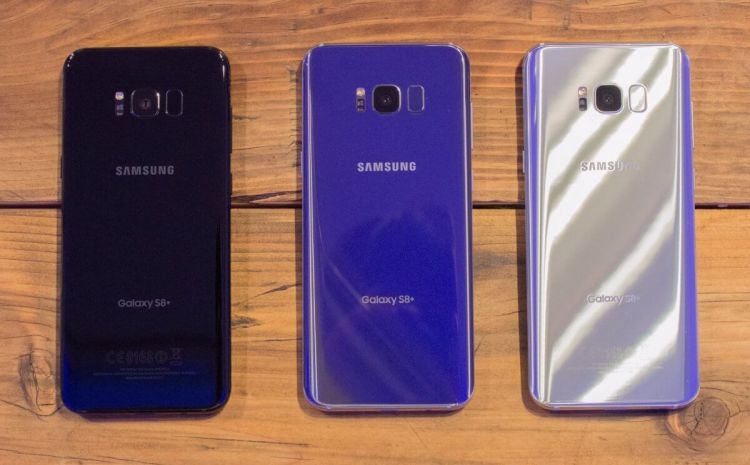
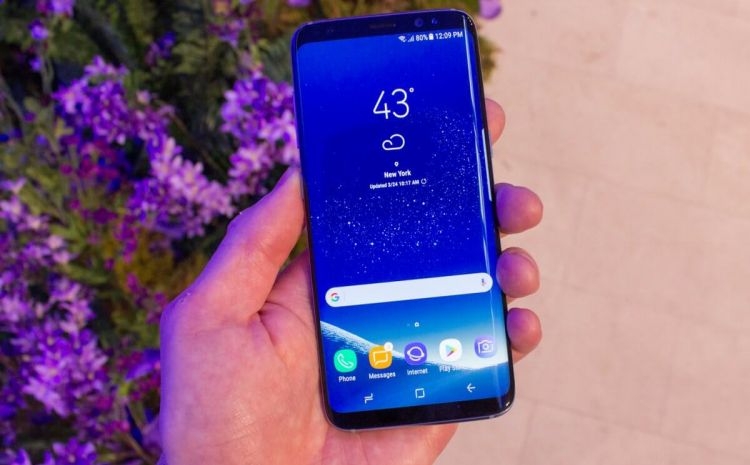
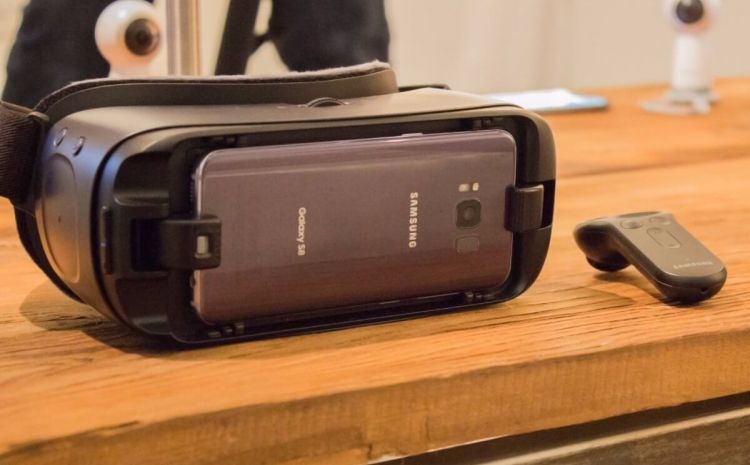
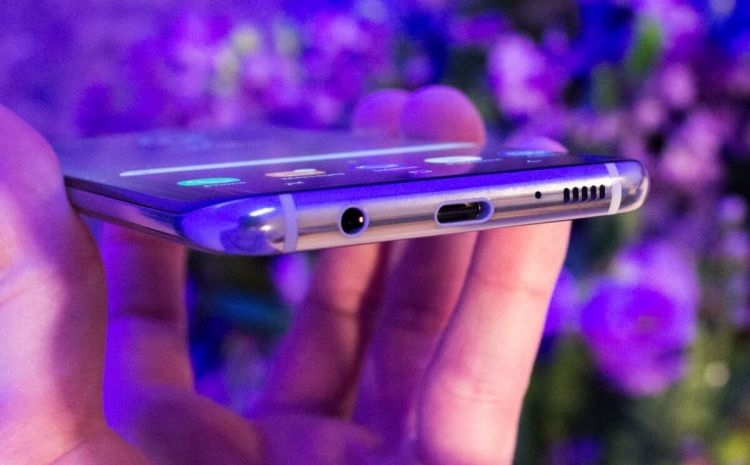









Be the first to post a comment!